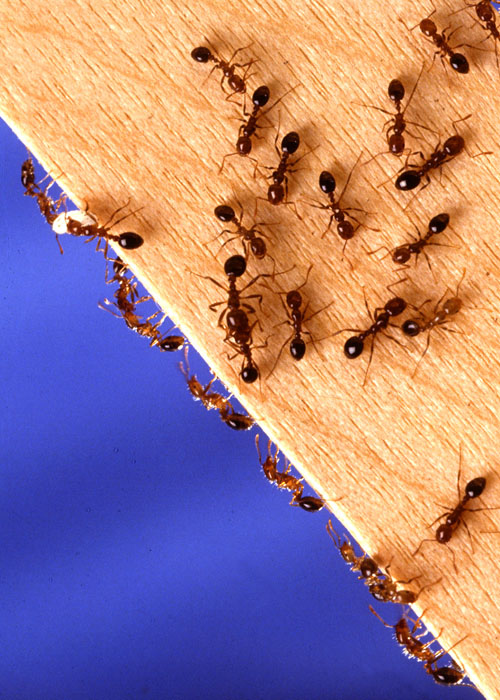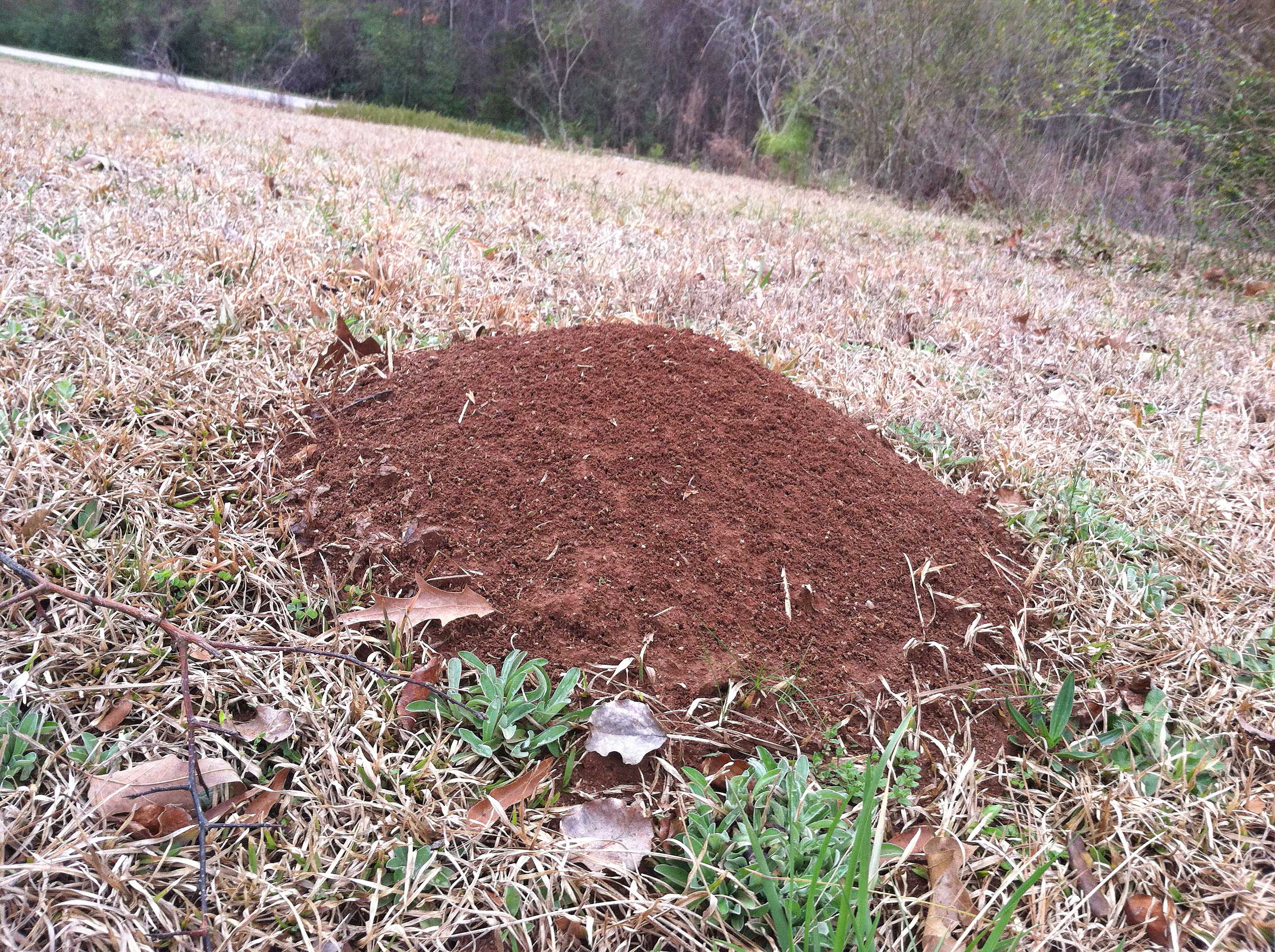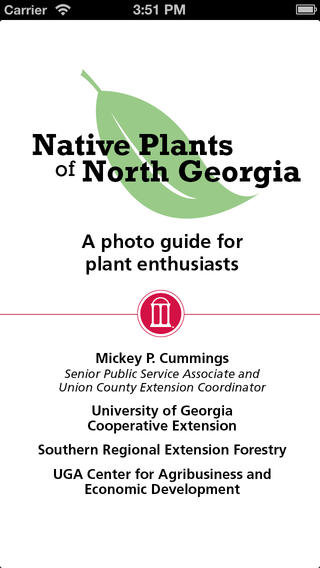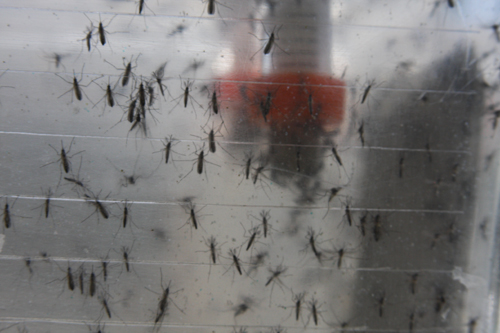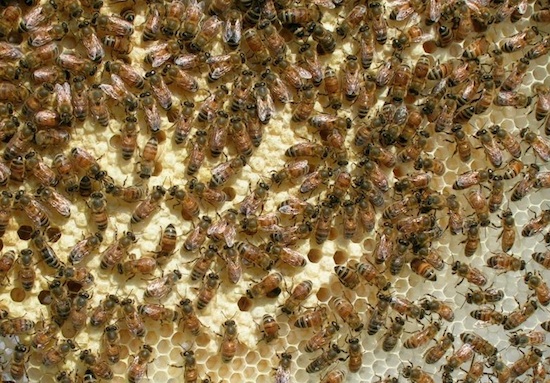 CAES News
CAES News
Urban Entomology Award
The Entomological Society of America’s Southeastern Branch presented University of Georgia entomologist Nancy Hinkle with its 2014 Recognition Award in Urban Entomology.

